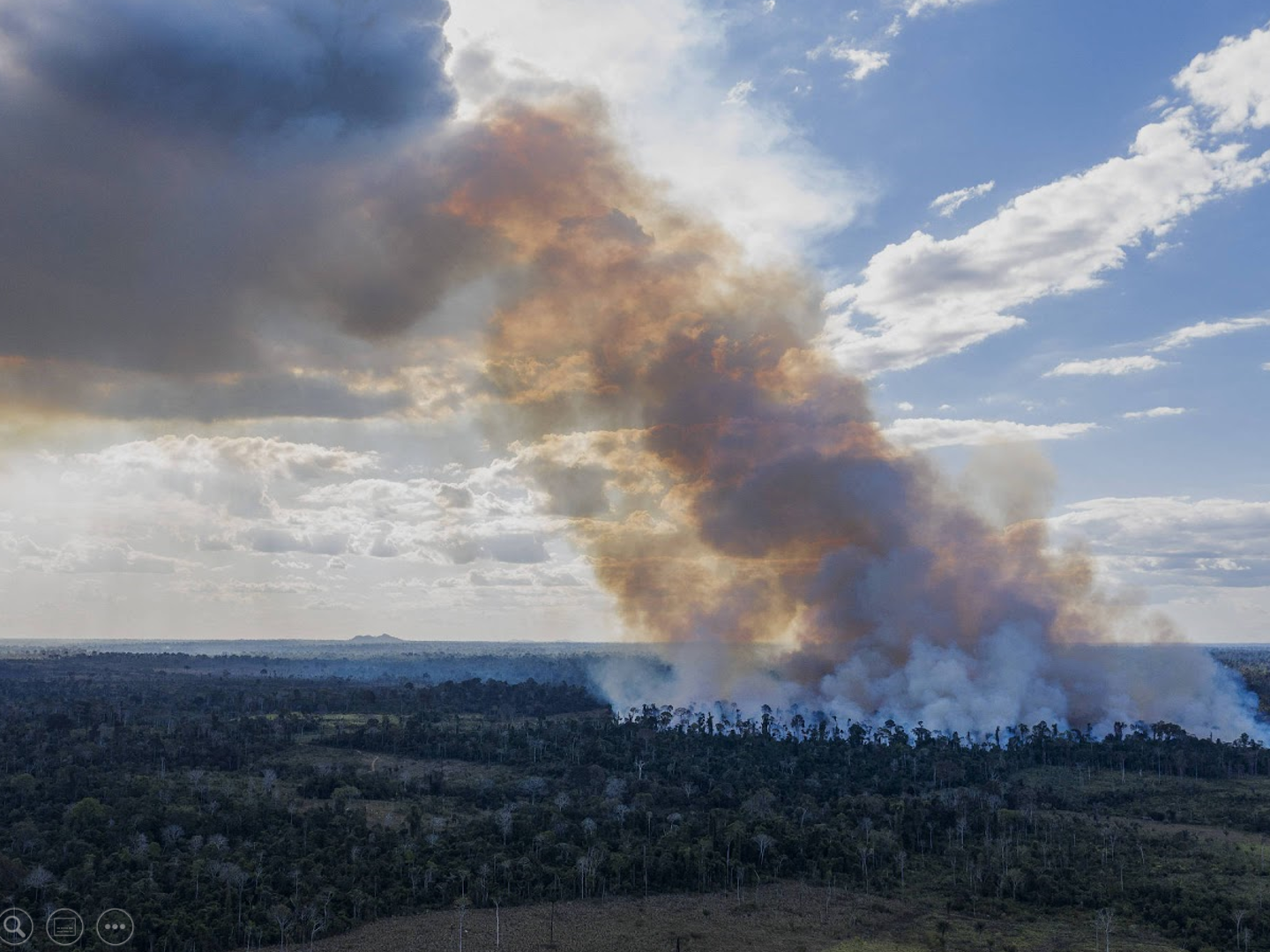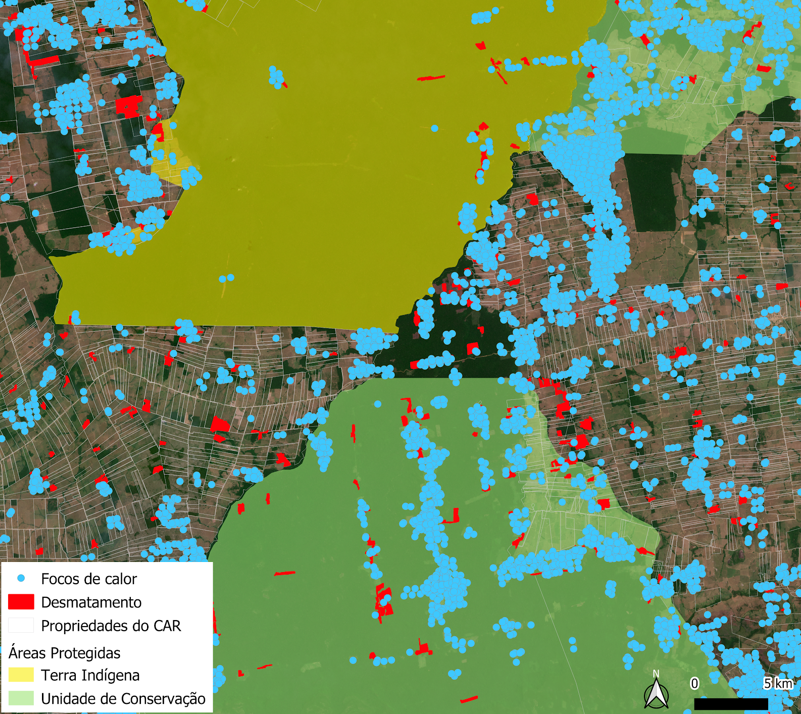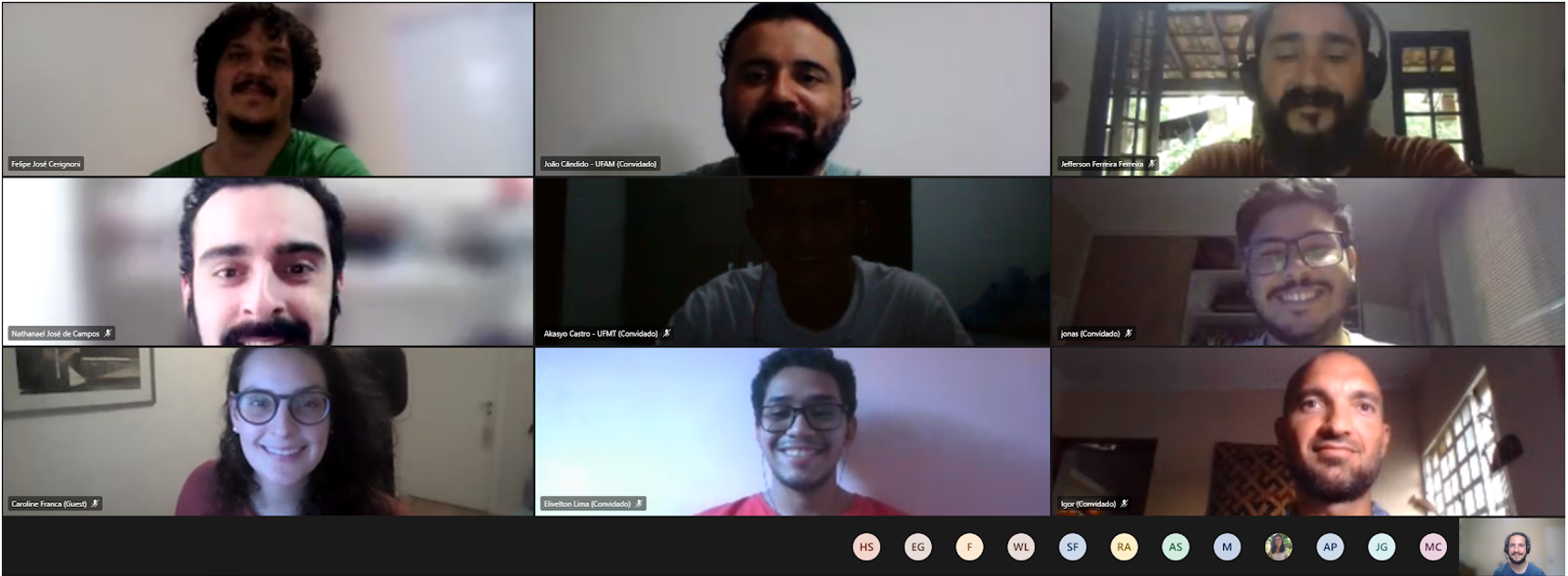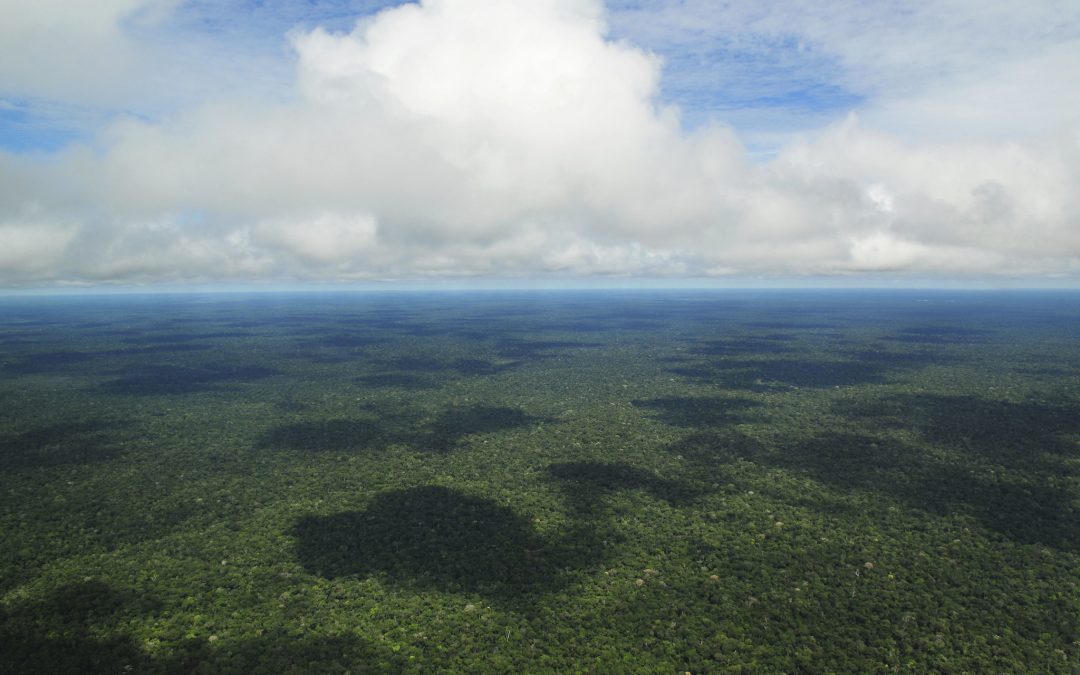Through the years, Amazon forests have been cut for timber extraction, mining and farming activities to support local, regional and national livelihoods. Meanwhile, the increasing environmental disturbances that the forest has suffered in these past years have been gaining international attention due to its ecological importance at a global level. At the same time, the regions´ response systems, which would allow avoiding some of the illegal activities and punishment for environmental crimes, are not agile enough, owing to outdated technology and bureaucracy.
Scenarios of constant evolution of software, methods and workflows of geospatial technologies will bring the socio-environmental area to horizons of new possibilities regarding multi temporal analysis in increasingly broad landscapes. At the same time, this poses a new level of complexity in dealing with great quantities of geospatial data, especially when considering rapid responses to environmental issues such as identifying fire outbreaks in protected areas.

Burning in deforested area for pasture formation within the Indigenous Land Trincheira Bacajá, in the Pará State – Brazil, July 2020. (Credit: Lalo de Almeida / Folhapress)
Under SERVIR-Amazonia, the hub of SERVIR Global, a joint program between NASA and USAID, the Imaflora Geoprocessing team identified the potential uses of open and free database software, to leverage the spatial analysis and data storage capacities of State Environmental Departments, research centers and technicians of civil society environmental organizations from the Amazon region
In order to fill gaps in the organization, management, processing and display of spatial data, and to make it easier to transform them into valuable information for decision-making on deforestation, forest fires, illegal logging and other socio-environmental threats, SERVIR-Amazonia hosted a virtual training on the use of the PostgreSQL / PostGIS database.
Tomás Carvalho and Felipe Cerignoni, Geospatial Analysts at Imaflora, led 26 participants in the use of the PostgreSQL / PostGIS database, including its integration with the QGIS software, to present the Amazon Dashboard and Origens services. Participants were able to design and apply spatial and non-spatial analysis routines based on the data set of these two services and other relevant environmental data sets. In addition, several data processing optimization techniques were presented, which were positively received by the participants.

Identification of deforestation areas and quantification of fire outbreaks in protected areas, as well as overlapping private rural properties in protected areas in the State of Rondônia. Credits from the data set used in the training: Deforestation (Prodes-Amazônia-INPE, 2018); Fire outbreaks (Amazon Dashboard, 2020); Indigenous Land (FUNAI, 2019); Conservation Unit (MMA, 2019), CAR Properties (SFB, 2020), Base Map (Planet Lab Inc. mosaic 2020-10) and Map Visualization (Tomás Carvalho).

Photo of the participants on the second day of the training.
The training, which lasted nine hours divided into three days, was conducted and recorded on the Microsoft Teams platform, which enabled participants from different regions to join. All data sets and scripts developed in the training were shared with the participants, as well as a catalog of common SQL statements for environmental analysis.
Participants from several institutions joined the training, including Imaflora, Secretaria de Meio Ambiente do Acre, Sedam-Rondônia, Secretaria de Meio Ambiente do Pará, Femarh-Roraima, Sema-Mato Grosso, Secretaria de Meio Ambiente do Amapá, Secretaria de Meio Ambiente do Amazonas, Instituto do Homem do Meio Ambiente da Amazônia (Imazon), MapBiomas, Instituto Socioambiental (ISA), Instituto Centro de Vida (ICV), Instituto Mamirauá, Associação Floresta Protegida (AFP), Comissão Pró-Índio do Acre (CPI-Acre), Universidade Federal do Acre (UFAC), Universidade Federal do Mato Grosso (UFMT), Universidade Federal do Amazonas (UFAM), Universidade Federal de Goiás (Lapig-UFG), and Chalmers University of Technology (Sweden)..
The main result of this training is that the participants now understand how to overcome the main bottlenecks in the use of this software in their spatial analysis and monitoring routines, as well as increasing their capacity to automate and speed up the processing of spatial data. One participant said that the technology learned “will increase the potential for structuring data from current monitoring efforts, specifically with community monitoring, which contributes to data collection”.
Author of this blog

Tomás Carvalho
Geospatial Analyst (Imaflora)



